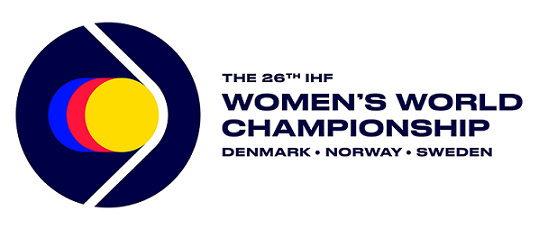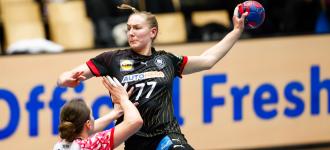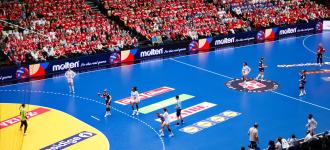Applying the correct touches: How the VR system helps handball at Denmark/Norway/Sweden 2023
28 Nov. 2023
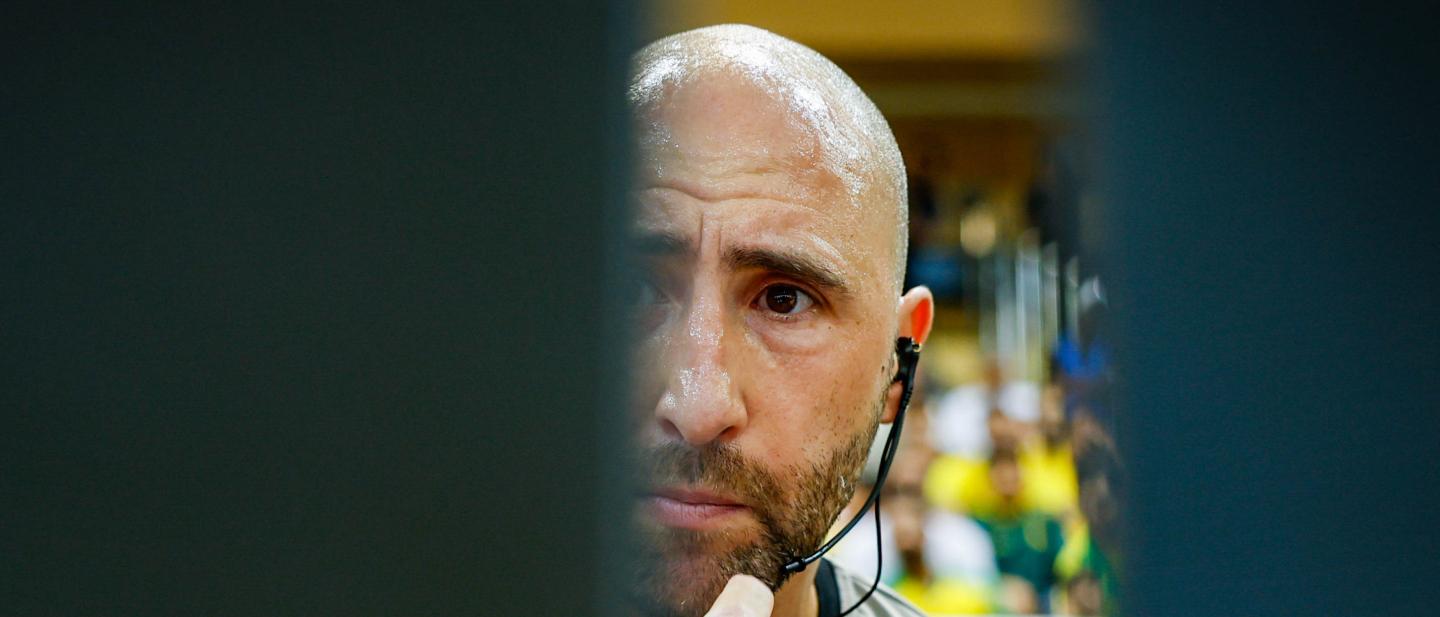
The IHF has followed in the trend which sees cutting edge technology implemented throughout all the areas of life and has made strides in order to improve the sport as a whole with the help of the new technology available.
One of the most important areas in which the IHF has made strides to improve is to align with the current trend in all sports, by introducing the Video Review (VR), which helps the referees take the correct decisions on the court, by actually seeing replays of the moments of the matches where the vision was obstructed or if they wish to check again before
reaching a decision.
This specifically refers to key-match situations where the referees decide to consult the TV picture in addition to their view on the court, a system which worked out excellent at the 2023 IHF Men’s World Championship in Poland and Sweden in 2023.
“The protocol is the same. That means the protocol stipulates exactly which are the situations the referees are allowed to check during a match. It is the same and now also this protocol is synchronized with the different continental federations. In the past, for example, we had a different protocol than the European Handball Federation. That meant that in the European Championship, the referees could check for other situations which they could not check in the World Championship,” says the chairman of the Playing Rules and Referees Commission, Per Morten Sødal.
“That makes rules which are already complicated even more complicated and even more difficult to understand for the fans and the players. We need to set a straight line for everybody. At least, we must have a consistent and uniformed line about what we can check on the VR. That's of course really important. When it comes to the use of it, it's no changes from Poland/Sweden 2023.”
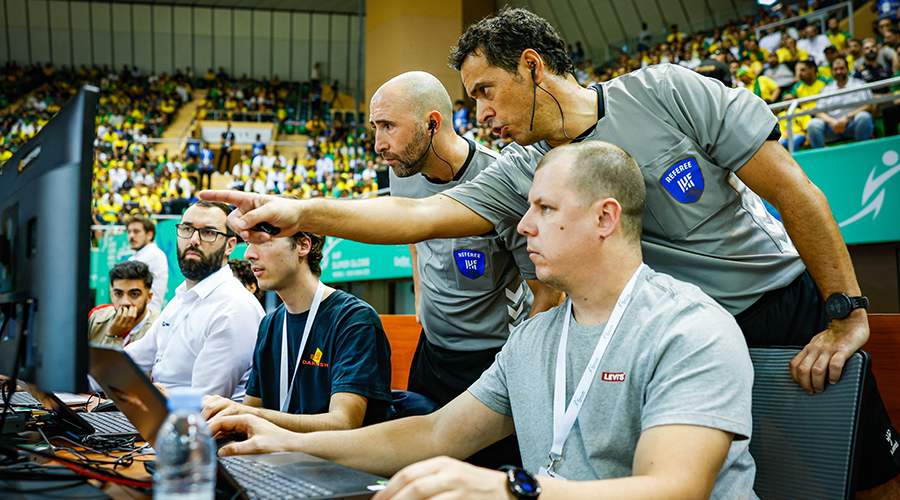
In total, there are 11 situations when the Video Replay system may be used:
- Goal/No Goal: to determine whether (or not) the ball has completely crossed the goal line / to determine whether the time has expired or the game was interrupted before (or after) the ball has completely crossed the goal line;
- Serious and unfair actions: A situation without the ball that occurs outside the referees' line of sight
- Disqualification (red card): For the referees to accurately identify the jersey number of the guilty player
- Conflict on court: A confrontation involving two (or more) players (and the referees have serious doubts on which player(s) should be punished)
- Faulty substitution: One which has not been clearly identified from the official table
- Simulation: If the referees have serious doubts regarding whether a player should be given a progressive punishment or if a player is attempting to mislead the referees through simulation
- Rule 8: if the referees have serious doubts about whether a 2-minute suspension or a disqualification under Rule 8:5, 8:6, 8:9 or 8:10 shall be given
- Game-changing situations in the last 30 seconds: If the referees have serious doubts about a 7-metre throw decision or a technical foul committed by a player scoring a goal
- Electronic team time-out: In the case of a technical malfunction of the electronic team time-out system, uncertainties by the delegate or referees as to which team had possession of the ball when the buzzer was pressed, or doubts by the delegate as to who pressed the buzzer
- Other: in the case of a decision which may lead to a protest
But how does the VR system work in handball?
“I think it's really important that people understand that this is no VAR like in football. It means that this is not a video assistant referee system. The referees are taking the decisions based on what they see the second time, on the screen. It's the referees themselves who are taking the decisions, or in some special cases, like faulty substitutions, the delegates’ decisions. It's the people who are involved in the match who decide that they want to go and see something. This is the difference from, for example, football where it might be a person in another city watching the TV screen or recommending the referees to go and check something. The power is still in the referees’ hands,” adds Sødal.
With handball becoming a sport which has a higher and higher pace, and the level growing ever so fast, the VR system has become paramount in crucial moments, helping reduce the mistakes made by the referees to a lower number, creating more transparency without disrupting the flow of the matches.
The VR system has performed good at the previous edition of the IHF Men’s World Championship, Poland/Sweden 2023, being used 83 times, with an average time of 72 seconds between the referees making the VR sign and taking the decision.
“It is an acceptable time, to be fair, because it does not disrupt the flow of the game so much. And also our evaluations show that we had less than 5% of these VRs had the wrong decision after consulting the replay, which can also happen, because there is the human factor involved. We are really sorry when it happens. But it is never intentional and I think the progress has been very big,” concludes Sødal.


